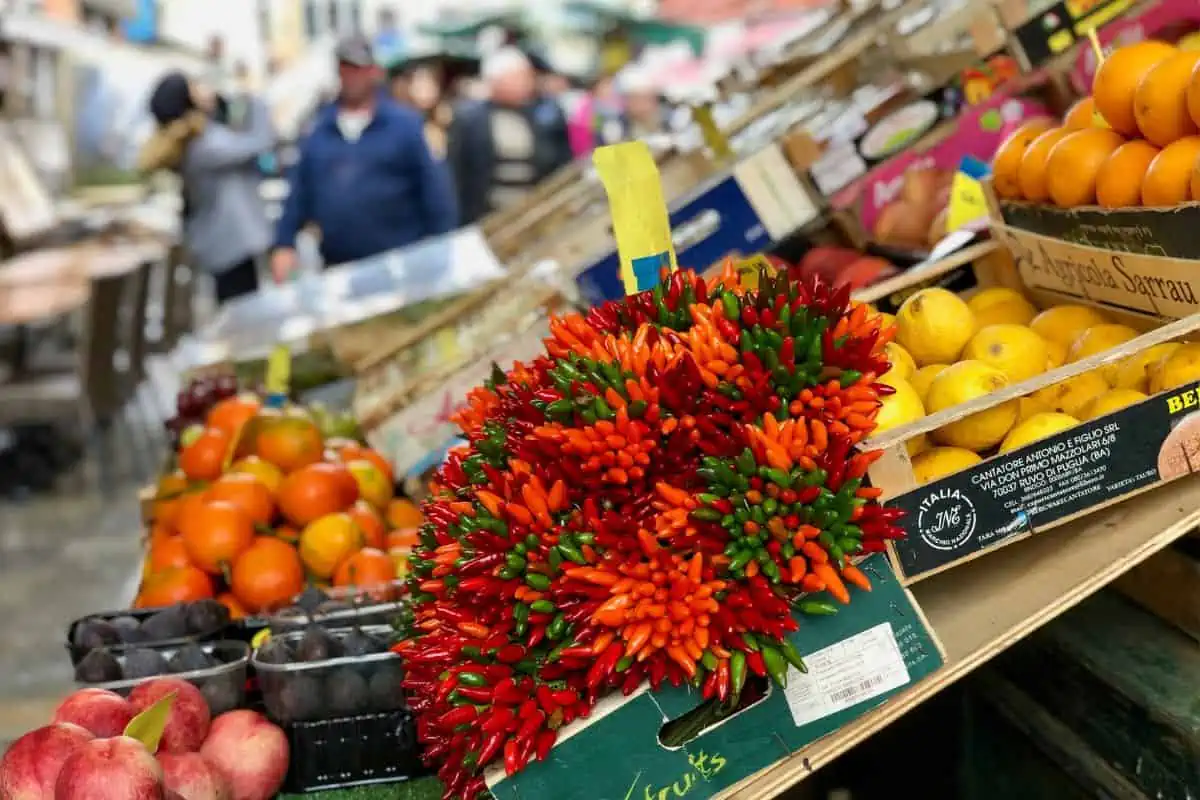South Africans recently endured the shock of increasing grocery prices of the most basic essentials. Unfortunately, things may get worse.
Grocery price hikes to impact South Africans again
In the last week, Eskom has increased load-shedding stages which saw power outages four hours at a time. South Africans have faced a total of 12 hours without electricity every day for the past month.
While appliances like TVs and fridges are at risk of becoming damaged during load-shedding, one of our main sources of survival, which is food, is at risk of going bad during power outages.
In light of this, farmers are currently having a difficult time doing their jobs. This comes as load-shedding hinder’s them from milking their cows and irrigating grains, sugar cane, and the like.
One important thing to note is that farmers have also sought to selectively slaughter their chickens as a result of the power outages. If this persists, shortages of chicken will become a recurring predicament in South Africa. This would therefore mean that we will pay more for chicken.
As of January 18th, South Africa has already seen the reality of this as farmers have already culled 10 million chickens over the past six weeks.
Earlier this month, Woolworths came under extreme scrutiny for increasing their grocery prices of milk and other essential food items. In response, the retailer noted that they explored every other avenue before making their decision and that the price hikes came as a “last resort”.
The executive director at Agri SA shared just what the energy crisis is doing to the economy.
He said, “If you’re a dairy farmer. You cannot milk your cows. You cannot keep your milk in a cold storage facility when there’s no electricity… The same applies to irrigation farmers that are irrigating grains, maize, sugar cane, also other crops”
Just last week, farming stakeholders held a meeting with the minister of Agriculture to discuss the current risks. They expressed the difficulty with slaughtering animals and the fact that power outages were halting system floors.
Now, one thing is for certain, if South Africa continues to live in the extreme energy crisis, the cost of living will continue to put pressure on the pockets of low-income households.
Source: Business Tech
